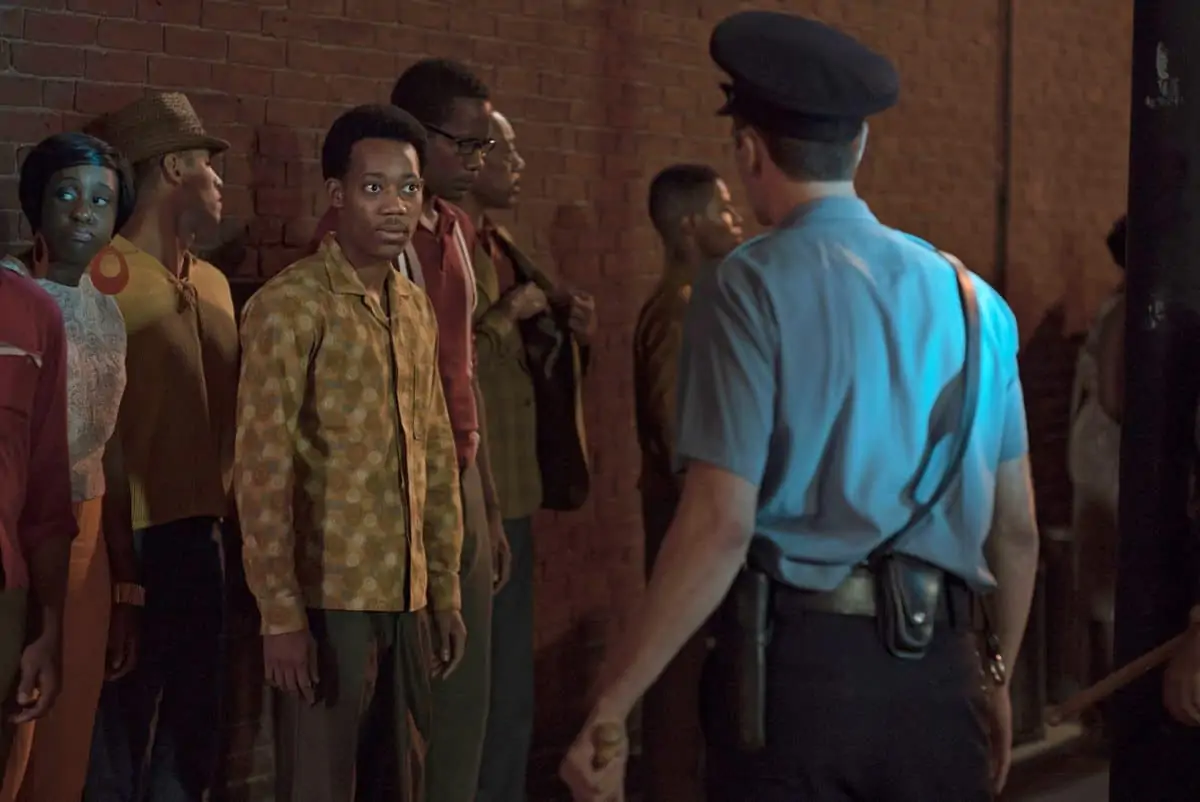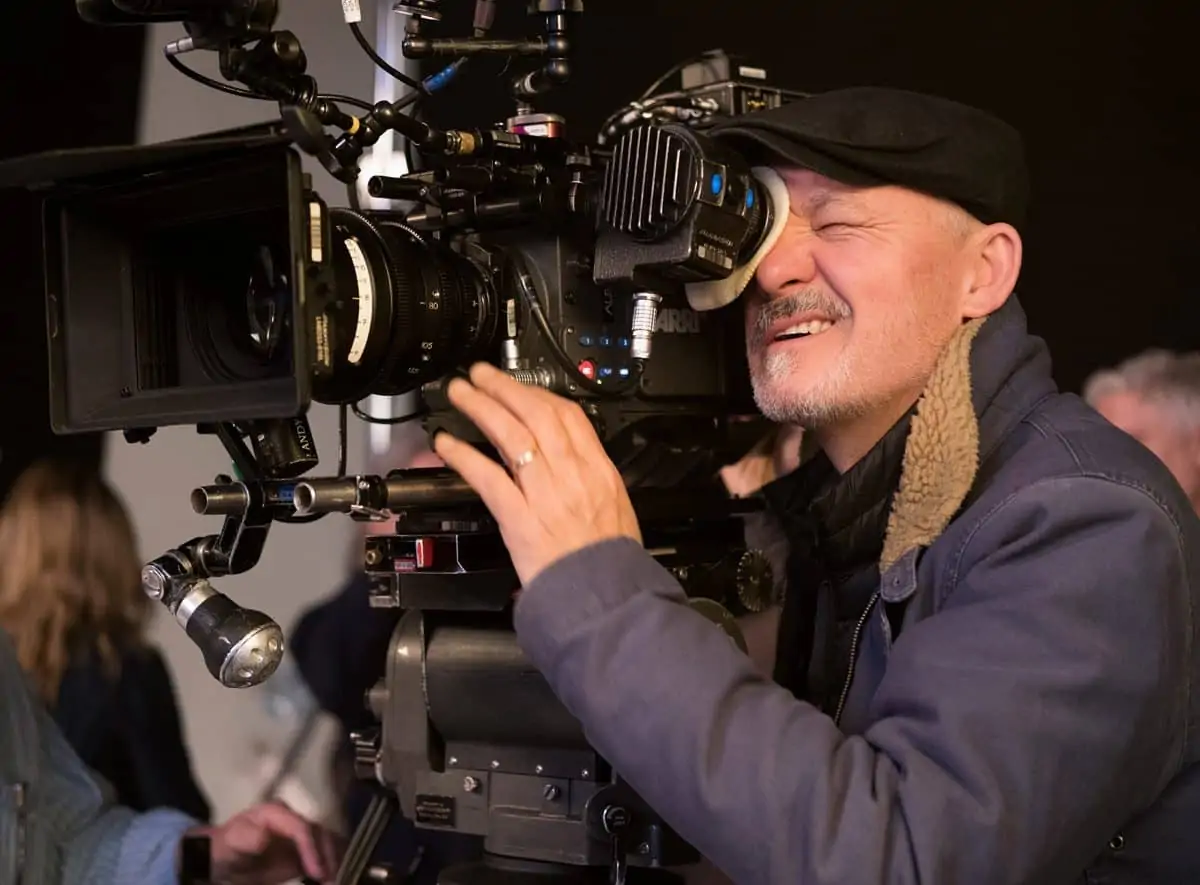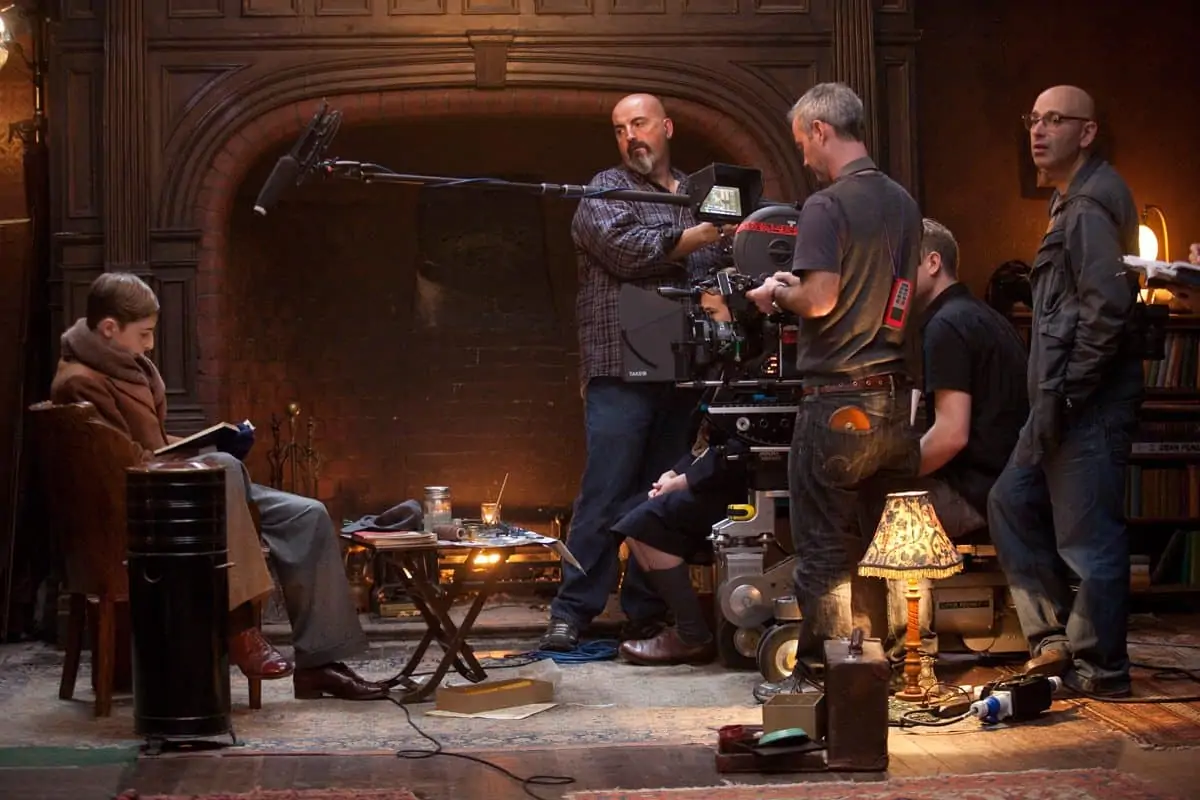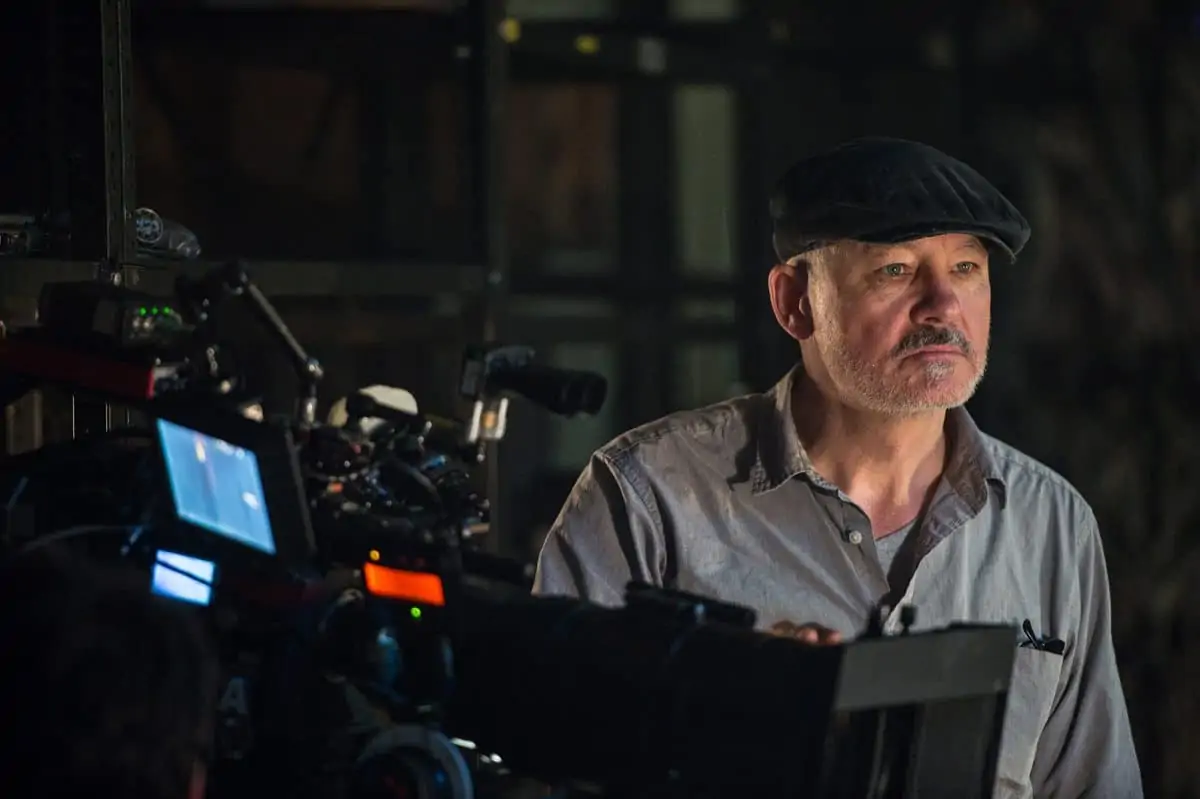Outnumbered
Barry Ackroyd BSC / The Outlaw King
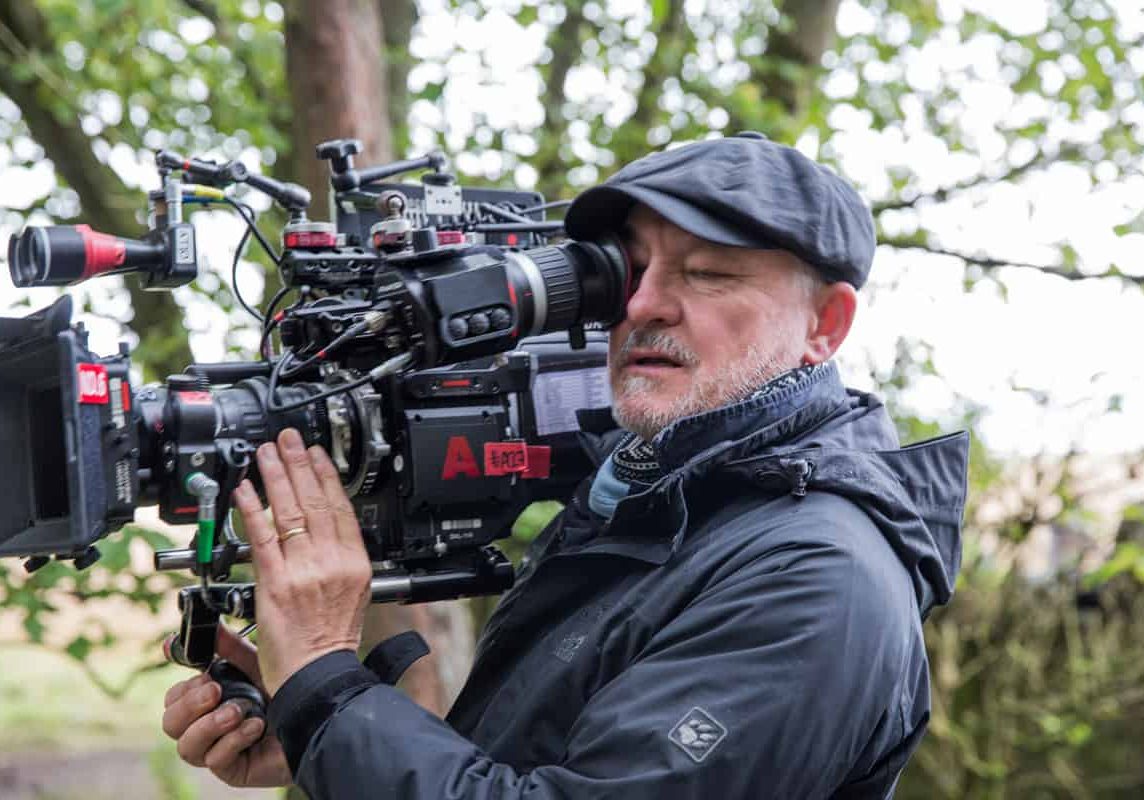
Outnumbered
Barry Ackroyd BSC / The Outlaw King
BY: David Wood
Cinematographer Barry Ackroyd BSC has a unique shooting style. His handheld documentary techniques have brought a dynamism and energy to features such as The Wind That Shakes The Barley (2006) and The Hurt Locker (2008) to Captain Phillips (2013) and made him a much-sought-after talent.
His latest work on Netflix's Robert The Bruce biopic, The Outlaw King, saw Ackroyd team-up with director David Mackenzie to tell the tale of the 14th century Scottish national hero who united belligerent Scottish clans and successfully waged war against a numerically superior English occupying force.
The story, which reunited Mackenzie with Hell Or High Water star Chris Pine, picks up where William Wallace left off to turn the dream of an independent Scotland into a reality.
The film was shot on location between August and November 2017 using Panavision Millennium DXL cameras, capable of shooting up to 8K. These were paired with Panavision Primo 70 large format lenses and Angénieux Optimo zooms, which were used to good effect to capture the film's epic Scottish landscapes and visceral battle sequences.
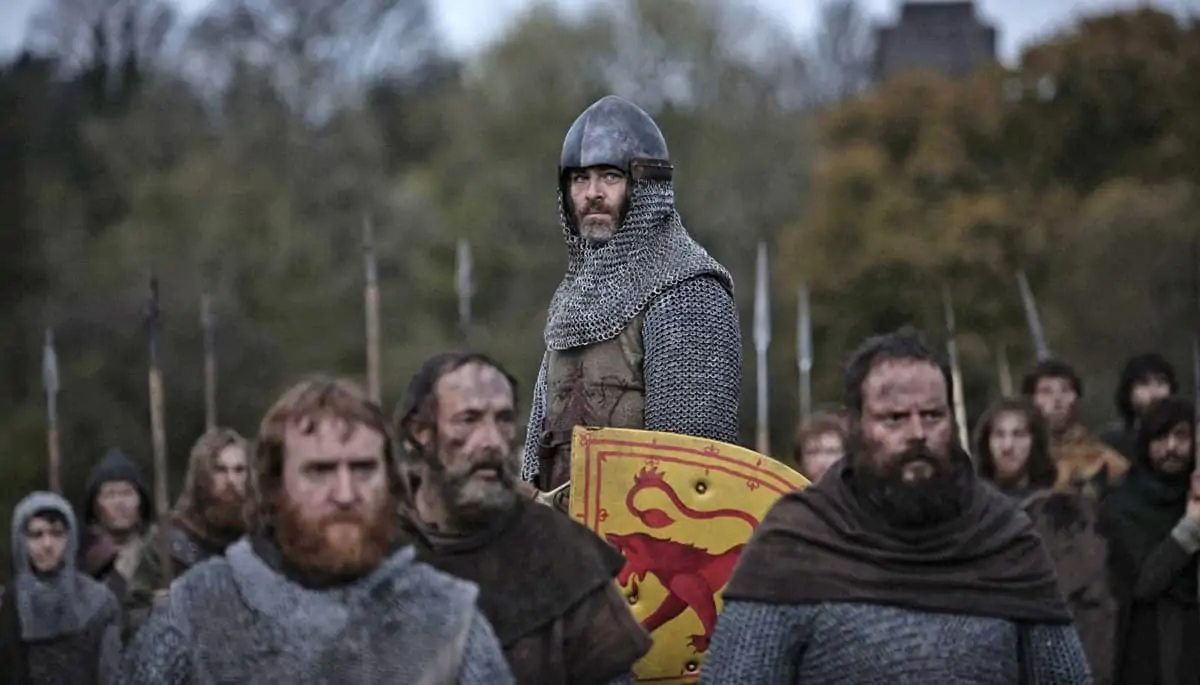
Ackroyd recalls, “David Mackenzie was very happy to be working with the 8K camera whenever possible, because he wanted to do a lot of big landscapes and 8K gives you a lot of detail. But, in another sense, for me it wasn’t the best thing, because I know it can be used as a way of reframing shots.”
“If you have a helicopter shot in 8K you know you can reframe it, but that’s a habit which can spill over into other 8K RAW camera shots. There's the potential to change the framing all the way through the editing process, right up to the grade, which no cinematographer wants to happen.”
According to Ackroyd though, it makes little difference to him creatively if he's shooting a TV documentary or a $150 million film. “I still approach the work with the same fundamental attitude. The aim is to capture the moment – I am always looking for that.”
He explains, “Even with this production’s big battle sequences, I approached it in the same way as a documentary. The event was happening in front of us – our job was to get as close to the action as was safely possible and capture what was happening in the most visceral, realistic way we could.”
“Everyone who participated in the action sequences – stuntmen, riders, actors of all types, the camera team and sound people – managed to make it into something very special, and I hope the film is recognised for that. Certainly the battle scenes are phenomenal – incredible in fact.”
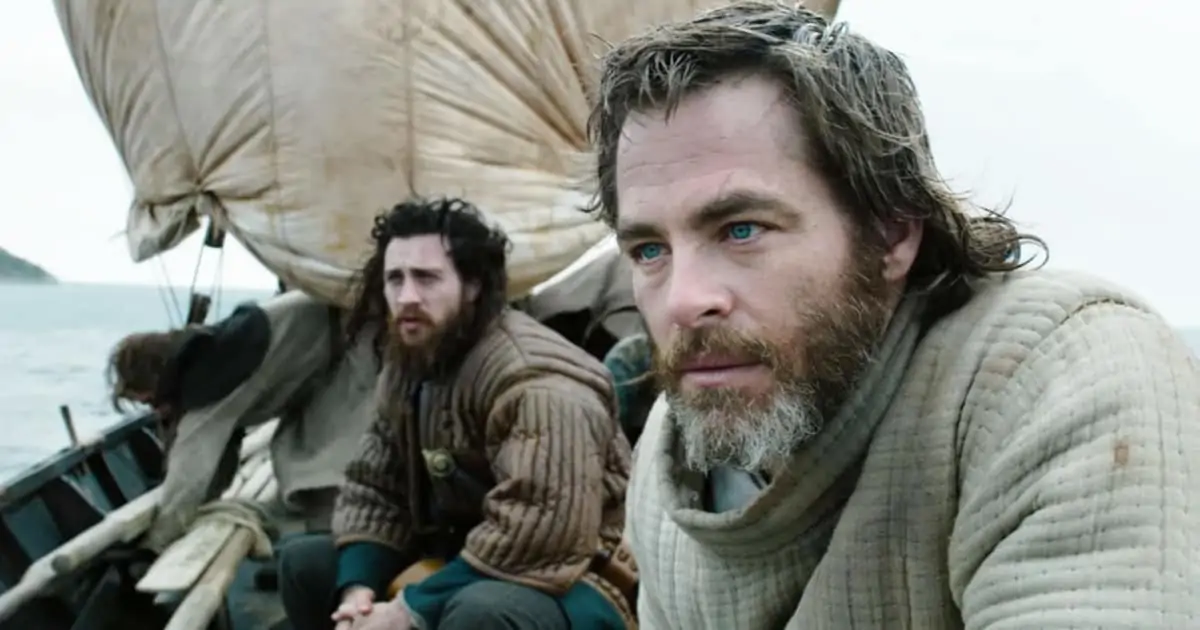
The first unit shot an ensemble of actors, supported seamlessly by the work of the second unit with multiple cameras, including Red Weapon sometimes mounted on a Steadicam and operated by second unit DP Cosmo Cambell.
“The three camera set-up and use of Angénieux Optimo 24-290mm zooms gave the production a real energy and pace,” says Ackroyd. “I really like using zooms, and the Angénieux Optimo is a fantastic lens which gives me another string to my bow – helping to put in those little instinctive camera moves and create the sense that you are there and are watching events unfold.”
But Ackroyd issues a word of warning. “You have to be careful that you are not falling into the trap of letting the action over take the story to the extent that the action becomes the biggest character.”
The challenge for Ackroyd and director David Mackenzie was to make a compelling feature out of what its quite a complicated period of Scottish-English history, without getting bogged down in historical detail.
The other danger was not letting the visceral battle sequences get the upper hand over the development of the character of Robert The Bruce and the other leading protagonists.
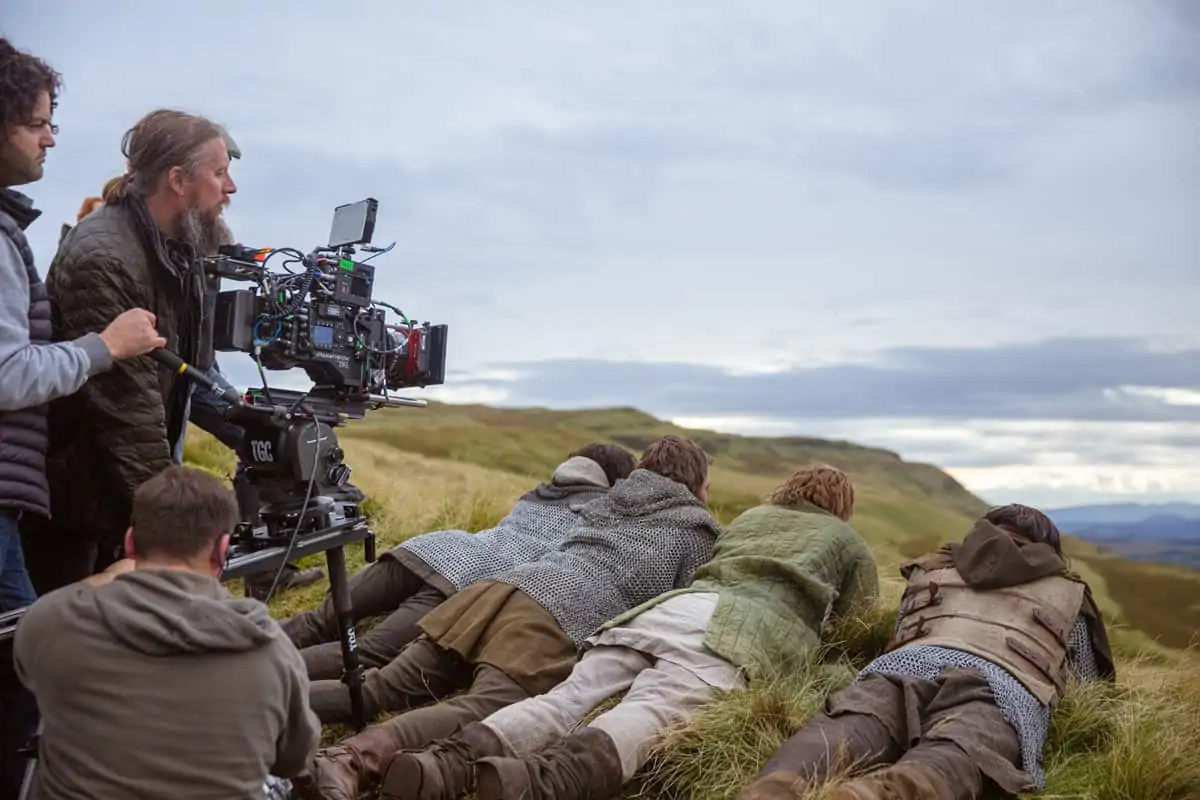
"The three camera set-up and use of Angénieux Optimo 24-290mm zooms gave the production a real energy and pace. I really like using zooms, and the Angénieux Optimo is a fantastic lens which gives another string to my bow."
- Barry Ackroyd BSC
In fact, after the first major public screening at the 2018 Toronto Film Festival, director David Mackenzie decided on a re-edit, which involved the removal of sequences which, by his own admission, slowed the film down.
Ackroyd recalls shooting The Outlaw King at different resolutions, ranging from 5K to 8K, depending on whether the shot was a wide panorama, or a tighter shot, and the type of lens used. “But, at the end of the day, we knew the final result could only be at 4K, which was the required Netflix deliverable.”
Ackroyd worked closely with Digital Orchard digital imaging technician, Sam Spurgeon and Goldcrest colourist, Rob Pizzey to manage the rushes and create a look for the film.
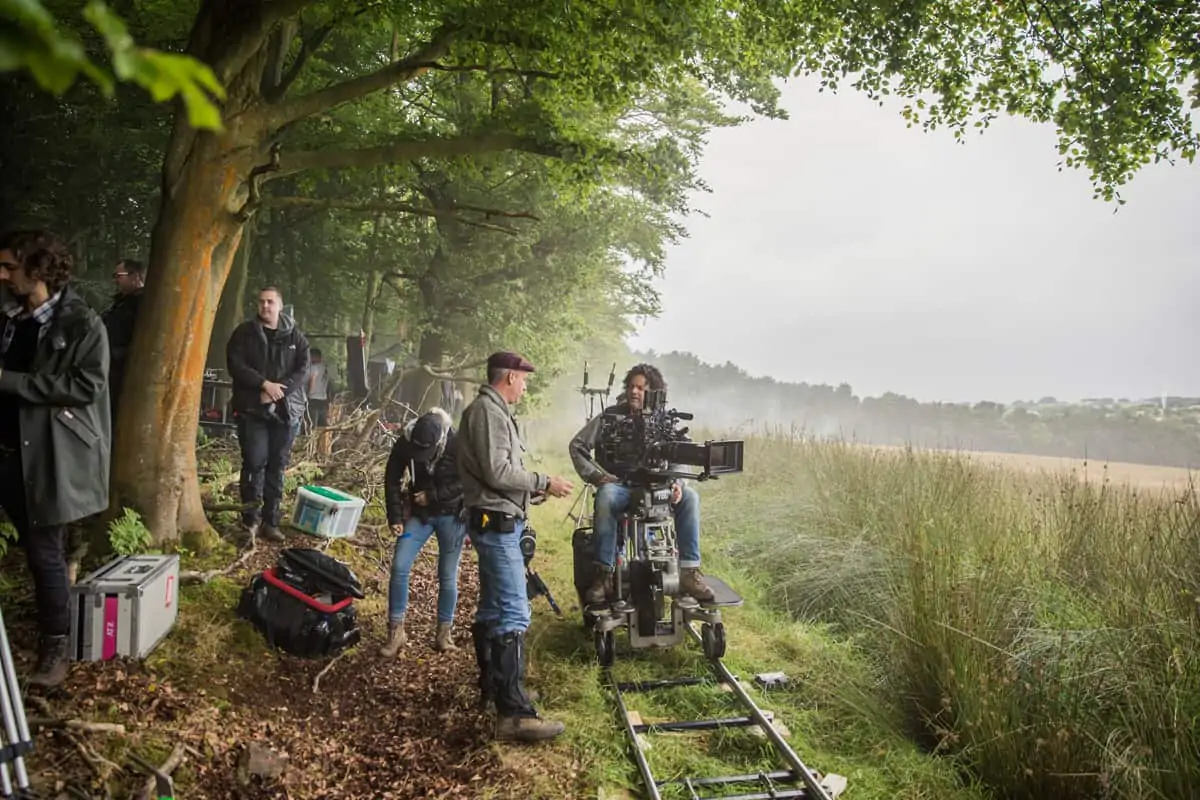
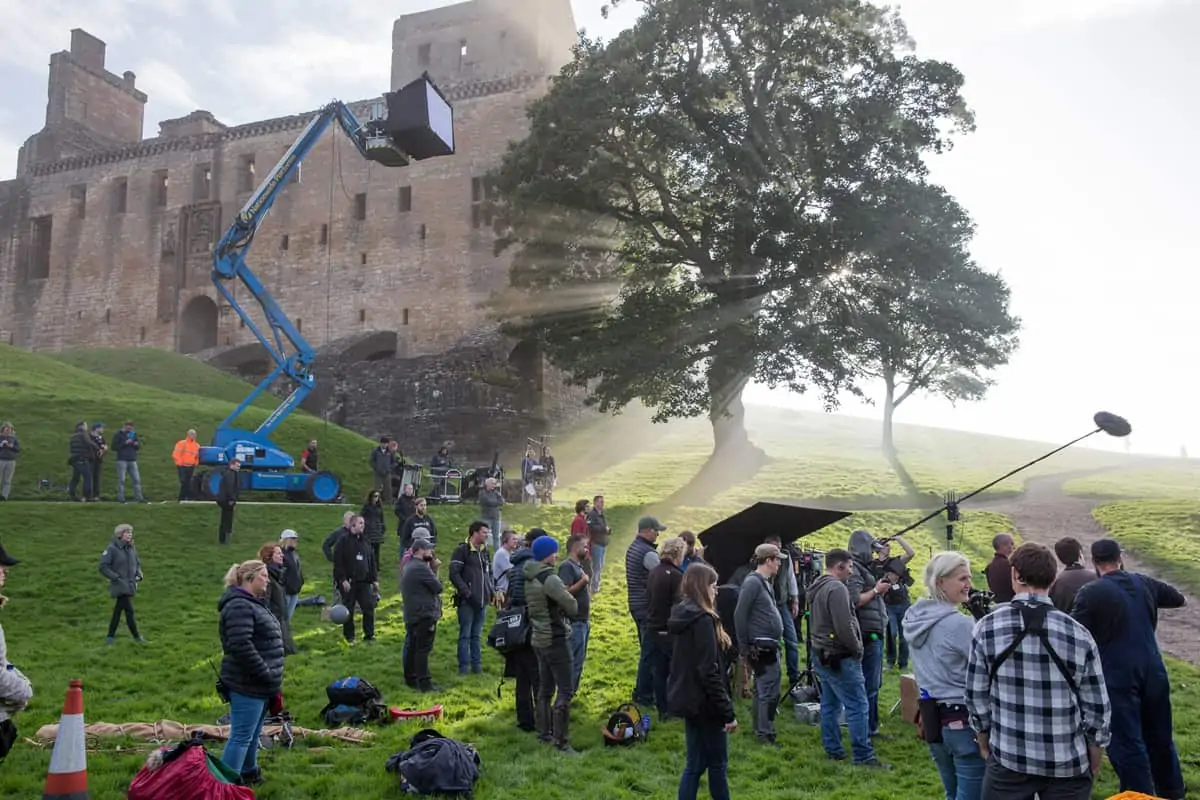
“Our ambition was to make a medieval action drama that felt unique and different – modern, but with a period feel,” says Ackroyd. “Much of the time in post production we worked at 2K resolution, because 4K resolution would have caused workflow problems, re-conforming to 4K only at the end of the process.
“As you might expect of Scotland at that time of year it was largely grey and wet, and we used that – it became part of the story. We incorporated it into the look of the film.
“One of the good things about making a feature set in 14th century Scotland is that there were no electric lights. So we used a combination of firelight, candlelight and natural daylight for illumination. Although much has been made of the Panavision DXL's 8K Red Weapon sensor, even shooting against a backdrop of the grey skies of Scotland, it was hard to prevent some takes from becoming completely burnt-out.”
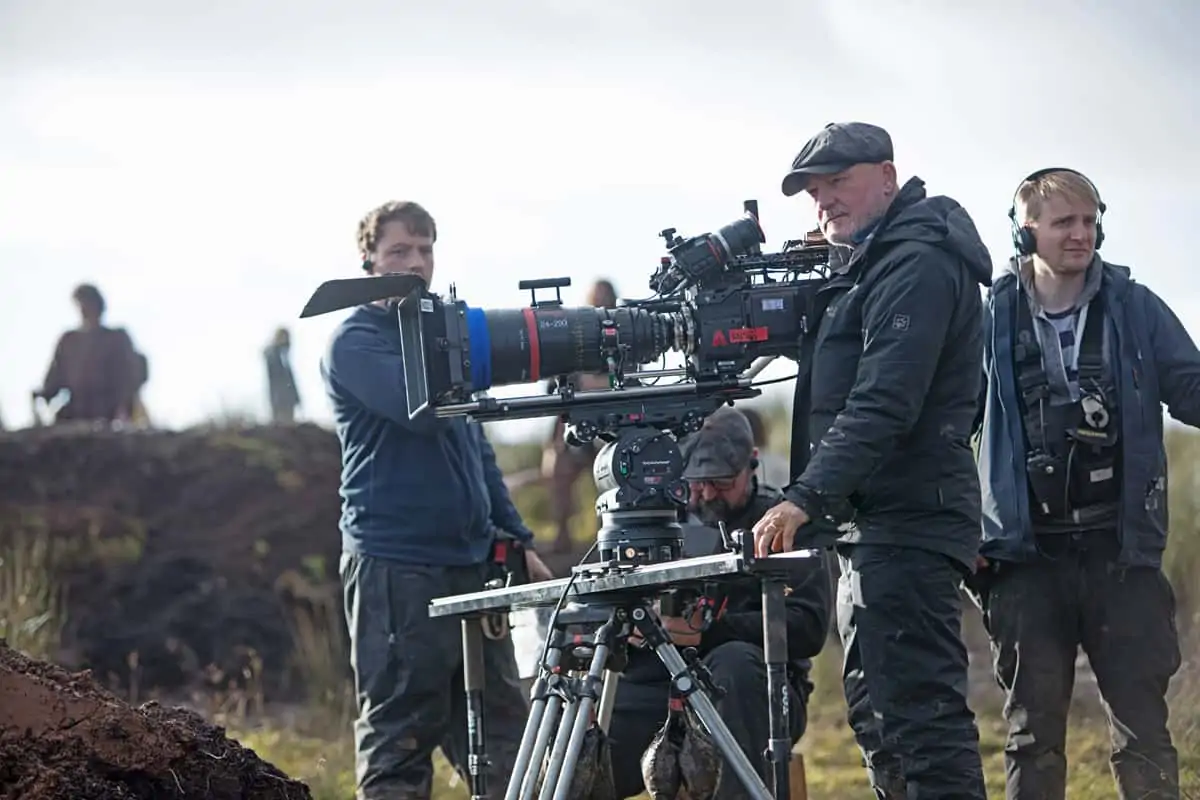
For Ackroyd the ability to shoot at greater resolutions, or tweak the image with HDR, may be great technical achievements, but they don't necessarily make for a better outcome.
“These days we routinely add grain to make the result feel more real, because that’s what is needed from a story telling point-of-view,” he says. “With any film of this nature with a sense of realism, you can add resolution or make it more contrasty. But do that too much and you run the risk of losing the sense of reality, and turning a feature film into a cartoon character or superhero type-of-look.
“A lot of our technical developments with the moving image are there only because they are possible. Done because they can be done, not because they are practicable or desirable.”

